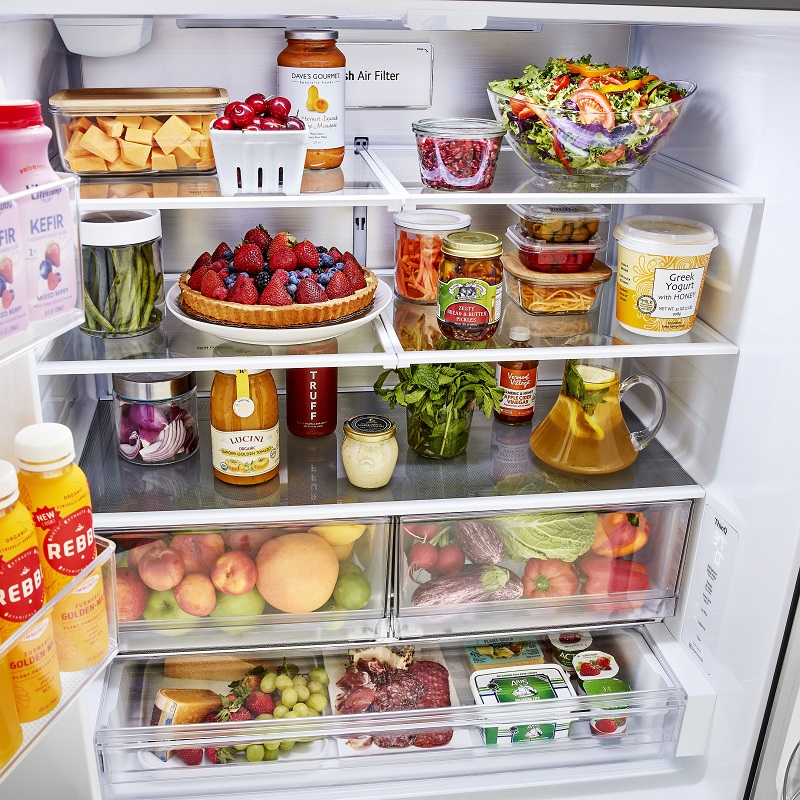Introduction:
How long does it take for a new lg refrigerator to get cold? Purchasing a new refrigerator, such as an LG model, is an exciting upgrade for your kitchen. However, after setting it up, you might find yourself wondering how long it will take for your new appliance to reach the ideal temperature. The time it takes for a new LG refrigerator to get cold can vary based on several factors. Understanding these factors, along with specific guidelines and best practices, can ensure your refrigerator reaches optimal cooling efficiency without any hitches.
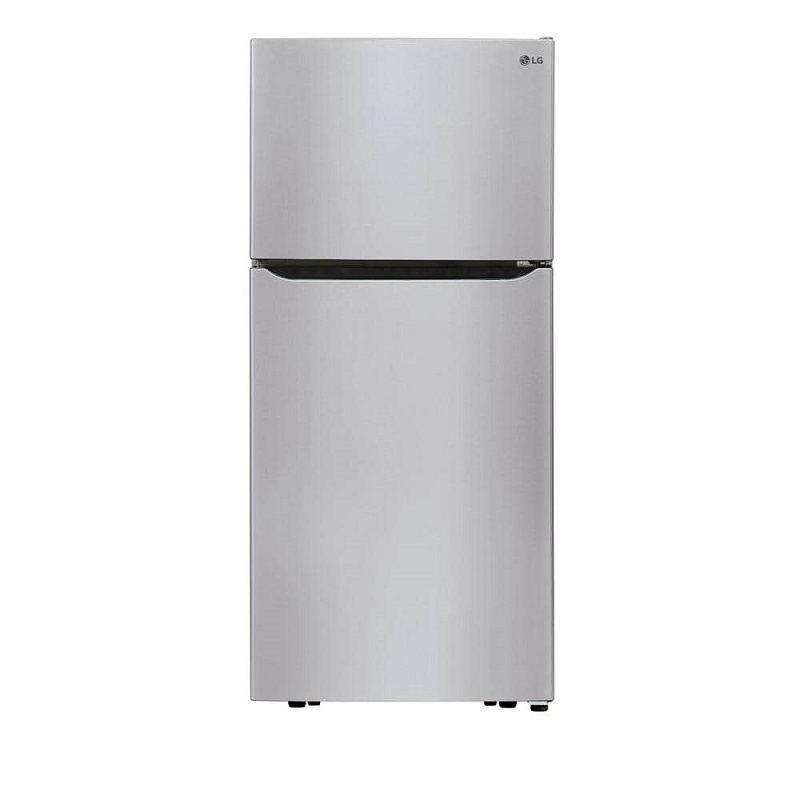
How Long Does It Take for a New LG Refrigerator to Get Cold?
Initial Setup Considerations
When you first set up a new LG refrigerator, there are several initial steps and considerations to take into account. These impact how quickly the refrigerator reaches the desired temperature.
Unpacking and Positioning: Start by carefully unpacking the refrigerator and removing all protective materials. Place the refrigerator in its designated location, ensuring there is adequate space around it for ventilation. Proper positioning helps in efficient cooling.
Leveling: Ensure the refrigerator is leveled accurately. An unlevel unit can affect the door seal and the overall efficiency of the cooling system. Use a level tool to make necessary adjustments.
Power Connection: After positioning, plug the refrigerator into an appropriate electrical outlet. It’s crucial to ensure the outlet has the correct voltage to prevent any electrical issues that could affect the cooling process.
How long does a new lg refrigerator take to get cold?
Manufacturer’s Recommendations
LG provides specific recommendations for the initial cooling period when setting up a new refrigerator. It’s essential to adhere to these guidelines for optimal performance.
Initial Cool-Down Period: According to LG, the refrigerator can take about 24 to 48 hours to reach its optimal temperature. During this period, it’s advised to keep the refrigerator doors closed to help the unit cool down efficiently.
Temperature Settings: Most LG refrigerators come with a preset temperature when turned on for the first time. The recommended temperature setting for the refrigerator compartment is typically around 37°F, while the freezer compartment should be set to 0°F. These settings ensure that your food stays fresh and frozen items remain solid.
Checking the Temperature: Use an appliance thermometer to monitor the temperature inside your new LG refrigerator. Place the thermometer in the center of the compartments to get an accurate reading. Check periodically to ensure the refrigerator is cooling correctly.
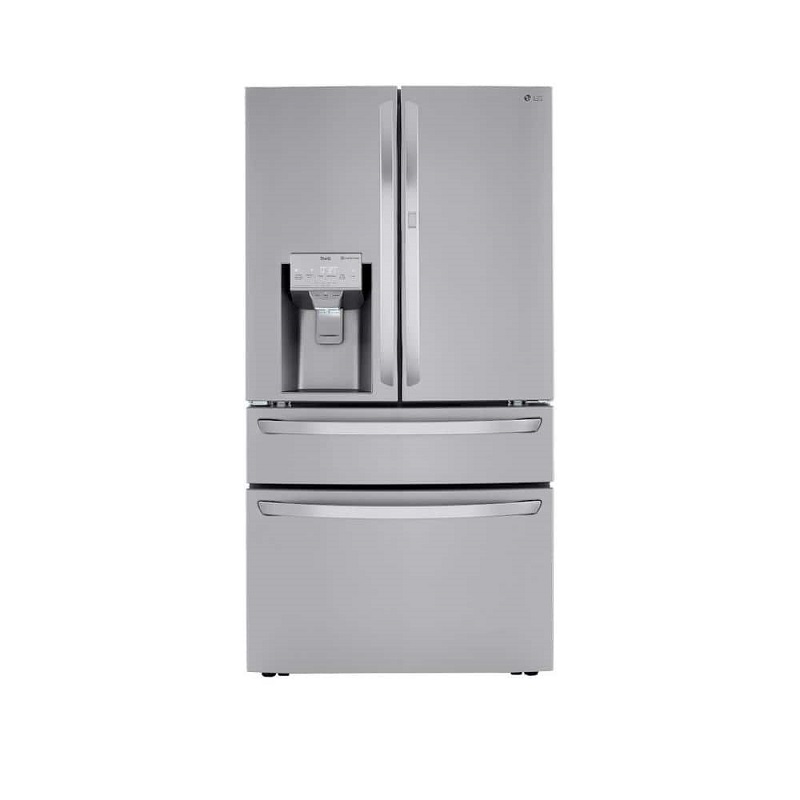
Factors Affecting Cooling Time
Several factors can influence how quickly your new LG refrigerator reaches the ideal temperature. Understanding these elements can help you manage expectations and optimize the cooling process.
Room Temperature: The ambient temperature of the room where the refrigerator is located can significantly impact the cooling time. A higher room temperature means the refrigerator has to work harder to reach the desired internal temperature. Ensure the area is well-ventilated and not excessively warm for faster cooling.
Contents Loaded: Loading the refrigerator with warm or room-temperature items too soon can extend the cooling time. It’s best to allow the refrigerator to reach its optimal temperature before stocking it with food and beverages. This practice ensures a quicker and more efficient cooling process.
Frequency of Door Opening: Frequent opening and closing of the refrigerator doors can lead to fluctuations in internal temperature, prolonging the time it takes to stabilize. For the first 24 to 48 hours, try to minimize the number of times the doors are opened.
Proper Air Circulation: Ensure that there is adequate air circulation around the refrigerator. Clearances of at least one inch on the sides and the back of the unit are recommended. Proper ventilation allows the refrigerator to dissipate heat efficiently, aiding in quicker cooling.
Optimizing Cooling Efficiency
To help your new LG refrigerator cool down as quickly and efficiently as possible, consider implementing the following best practices.
Thermostat Adjustment: Ensure that the thermostat is set to the recommended settings from the beginning. Avoid continuously adjusting the temperature settings, as this can cause the unit to overwork and delay the cooling process.
Avoid Overloading: Avoid overloading the refrigerator with too many items at once, particularly during the initial cooling period. Overloading can impede air circulation within the compartments, slowing down the cooling process.
Use of Cooling Aids: You can use cooling aids, such as ice packs, to help the refrigerator reach the desired temperature faster. Place these packs in the freezer compartment, and they can assist in lowering the compartment’s temperature more quickly.
Common Issues and Troubleshooting
If your new LG refrigerator is taking longer than expected to reach the desired temperature, there could be several reasons for this. Here are some common issues and troubleshooting tips to ensure optimal performance.
Blocked Vents: Check for any obstructions near the air vents inside the refrigerator compartments. Blocked vents can prevent cold air from circulating efficiently. Clear any objects that may be blocking these vents to ensure proper airflow.
Incorrect Temperature Settings: Ensure that the thermostat settings are correctly configured according to LG’s recommendations. If the settings are too high or too low, the refrigerator might struggle to maintain the desired temperature.
Seals and Gaskets: Inspect the door seals and gaskets for any signs of damage or misalignment. Poorly sealed doors can allow warm air to enter the samsung refrigerator, hindering the cooling process. Replace damaged seals or gaskets and ensure the doors close tightly.
Maintenance and Cleaning: Regular maintenance can enhance the efficiency of your refrigerator. Clean the coils and ensure there is no buildup of dust and debris. This ensures that the refrigerator operates optimally and maintains the desired internal temperatures.
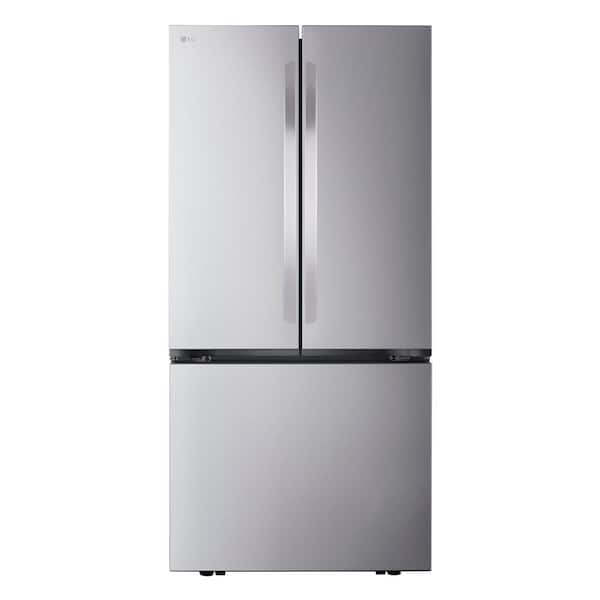
Impact of External Factors
The surrounding environment and external factors can also impact how quickly your new LG refrigerator cools down. Being mindful of these factors can help you create an optimal setting for your appliance.
Sunlight Exposure: Direct exposure to sunlight can increase the ambient temperature around the refrigerator, making it harder to cool. Ensure that the refrigerator is placed away from windows or direct sunlight to help maintain a consistent internal temperature.
Proximity to Heat Sources: Keep the refrigerator away from heat sources such as ovens, stoves, or heating vents. These heat sources can contribute to external temperature rises, affecting the efficiency of the cooling process.
Proper Ventilation: Adequate ventilation is crucial for the efficient operation of a refrigerator. Ensure that the space around the refrigerator is well-ventilated, allowing heat to dissipate and preventing the unit from overheating.
Continuous Monitoring and Adjustment
To ensure that your new LG refrigerator maintains its optimal temperature, it’s essential to continuously monitor and make necessary adjustments over time. Regular checks and small tweaks can go a long way in ensuring efficiency.
Thermometer Checks: Regularly use a thermometer to check the internal temperature of both the refrigerator and freezer compartments. Consistent monitoring helps in identifying any deviations quickly and making necessary adjustments.
Seasonal Adjustments: Seasonal changes can impact the ambient temperature and, consequently, the refrigerator’s cooling efficiency. Consider adjusting the thermostat settings slightly during extreme weather conditions to compensate for fluctuations in room temperature.
Regular Defrosting: If your LG refrigerator is not a frost-free model, regular defrosting is essential to maintain efficient cooling. Accumulated frost can hinder airflow and reduce the cooling efficiency of your appliance.
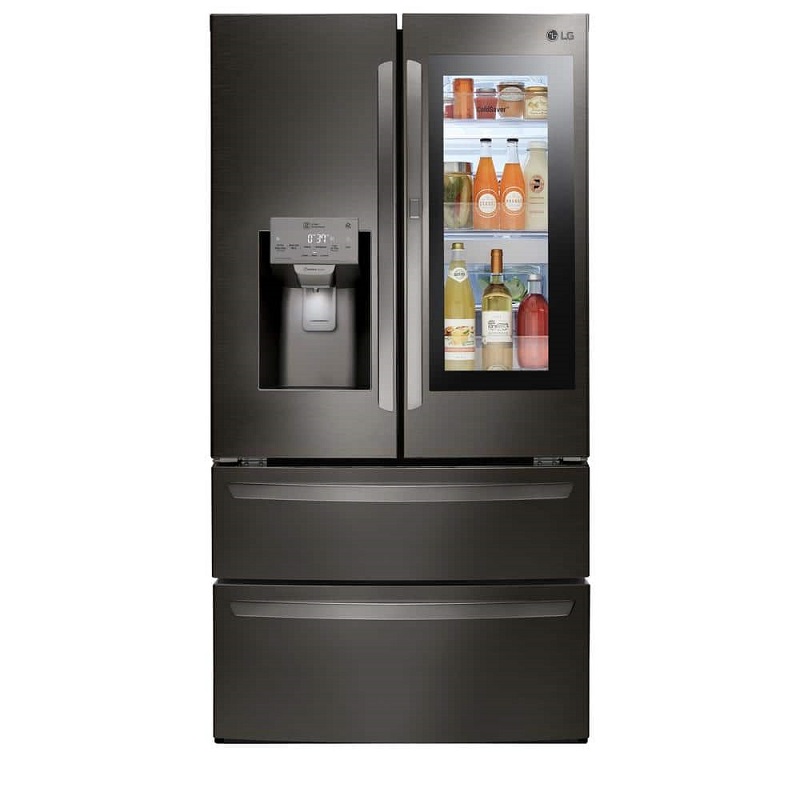
Precautions for using the refrigerator
The refrigerator is an essential appliance in our daily lives, helping us store and preserve food for longer periods. However, to ensure its proper functioning and longevity, it is important to follow certain precautions and maintain it correctly.
Proper Placement:
The placement of a refrigerator is crucial for its optimal performance. Ensure that it is positioned in a well-ventilated area, away from direct sunlight, heating sources, and other appliances that generate heat. Proper ventilation is necessary to prevent overheating and enable the fridge to cool efficiently.
Temperature Control:
Maintaining the appropriate temperature inside the refrigerator is essential for preserving food and preventing bacterial growth. Set the temperature between 35°F (2°C) and 38°F (3°C) for the refrigeration compartment and below 0°F (-18°C) for the freezer compartment. Use a refrigerator thermometer to check and adjust the temperature as needed.
Organizing Food:
Efficient organization of food inside the refrigerator contributes to proper airflow and temperature distribution. Store raw meats separately in sealed containers or bags on the lower shelves to avoid cross-contamination. Place ready-to-eat foods on higher shelves, and avoid overcrowding to allow air circulation. Keep fruits and vegetables in their designated crispers, adjusting the humidity settings accordingly.
Cleaning and Maintenance:
Regular cleaning and maintenance of the refrigerator are necessary to keep it hygienic and free from odors. Clean spills and stains immediately with a mild detergent and warm water. Thoroughly clean the interior and remove the shelves and drawers for a deep cleaning periodically. Remember to defrost the freezer when ice buildup exceeds a quarter-inch to maintain its efficiency.
Conclusion
How long does it take for a new lg refrigerator to get cold? A new LG refrigerator typically takes about 24 to 48 hours to reach the desired optimal temperature. Several factors, including initial setup, room temperature, contents loaded, and frequency of door opening, can influence this timeframe. By adhering to manufacturer recommendations, optimizing cooling efficiency, and regularly monitoring and maintaining your refrigerator, you can ensure it operates at its best. Proper positioning, ventilation, and avoiding external heat sources can further enhance the appliance’s performance. With these best practices, you can expect consistently cool, fresh food from your new 2024 LG refrigerator.
